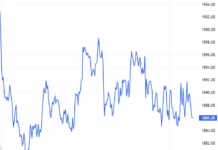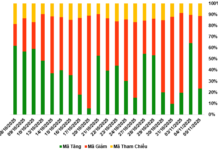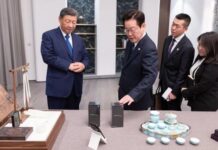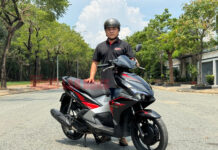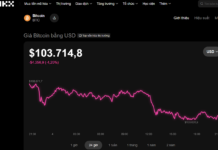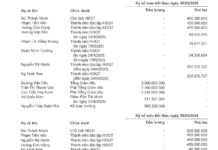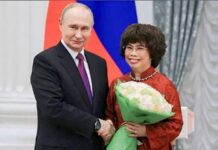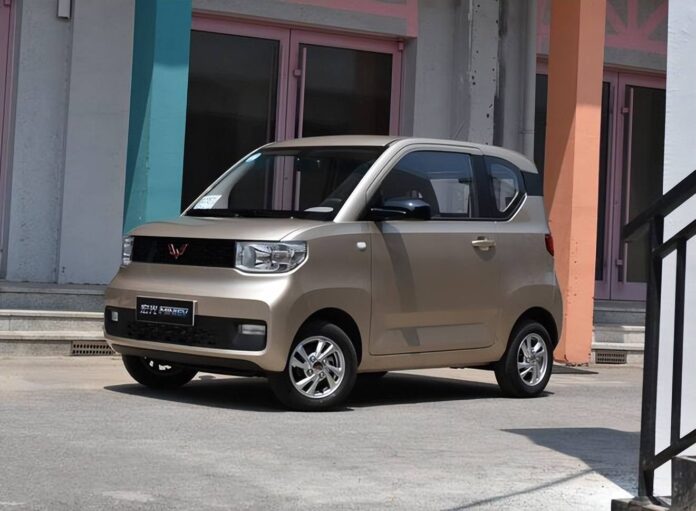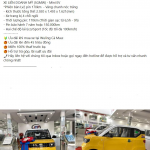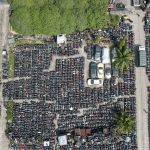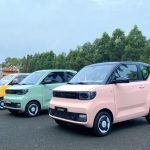Wuling Hongguang Mini EV Faces Challenges in China and Vietnam: A Comprehensive Overview
The Wuling Hongguang Mini EV, once a dominant force in China’s affordable electric vehicle market, is now facing significant challenges. Initially, the Mini EV witnessed phenomenal success, with a 250.7% sales growth in 2021, reaching 395,500 units. However, recent trends indicate a slowdown, with a mere 2.4% growth in 2022 and a continuous decline in sales figures in 2023.
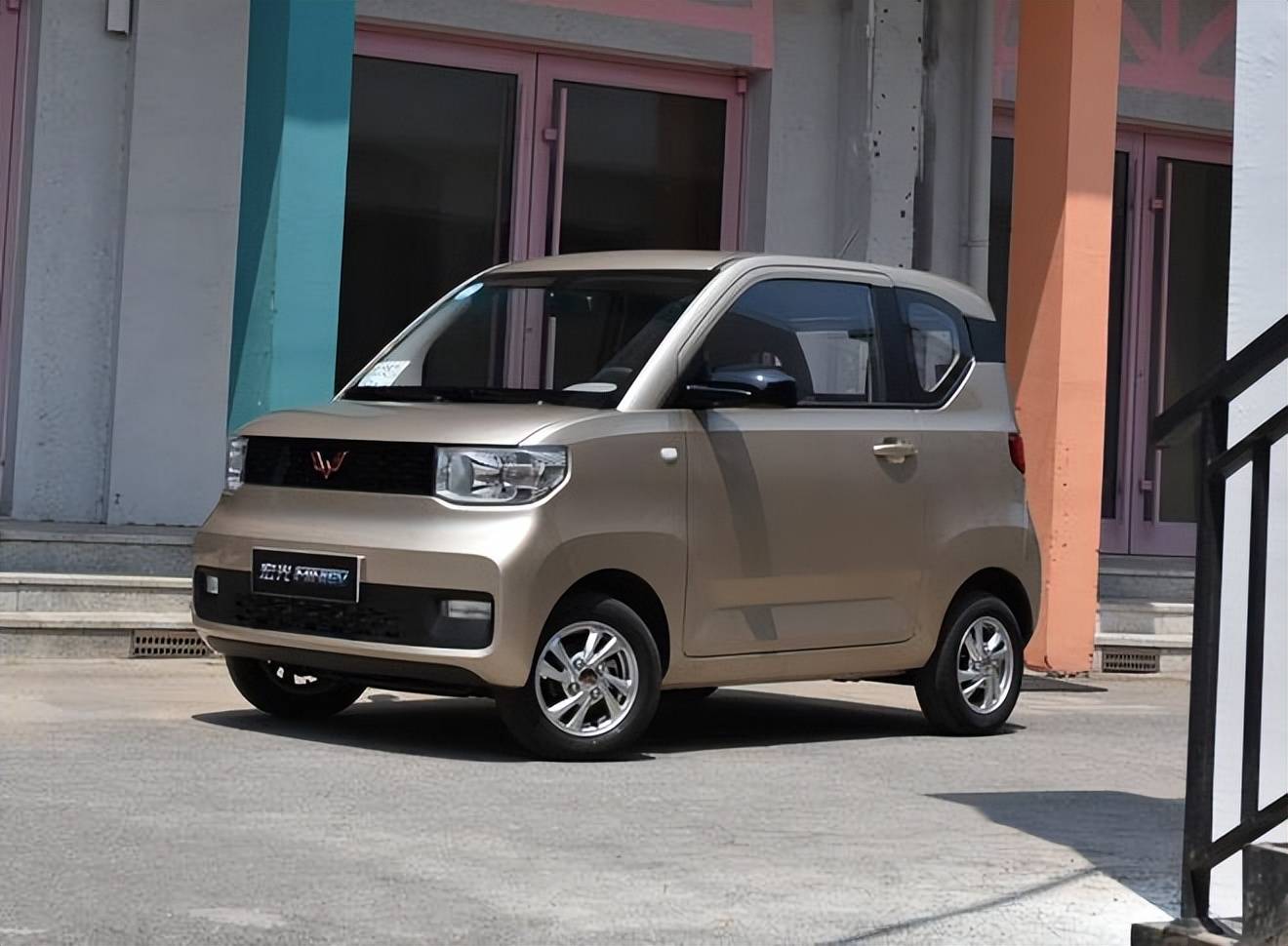
The emergence of competitors such as Chery, Dongfeng, and Geely in the affordable EV segment has intensified the market rivalry. As a result, the Mini EV’s market share has taken a significant hit. Additionally, safety concerns and online reports of incidents involving the Mini EV have further eroded consumer confidence in the vehicle.
Wuling Motors has responded to this situation by implementing aggressive price cuts for the Hongguang Mini EV, with discounts of up to 13,000 RMB (45.5 million VND) at times. However, it remains to be seen if this strategy will be sufficient to revive the model’s sales performance in the long run.
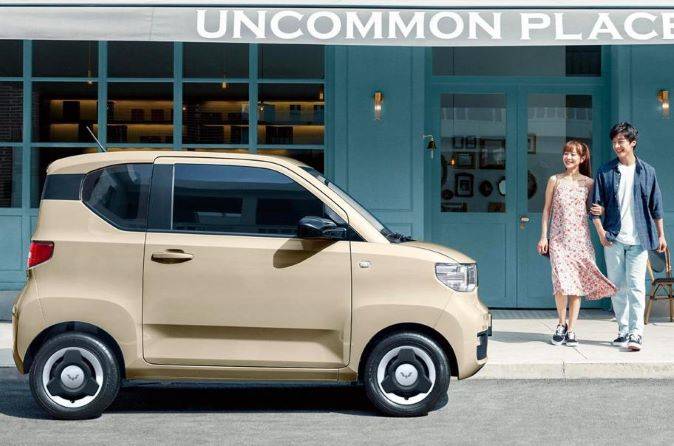
Turning our attention to Vietnam, the Wuling Hongguang Mini EV is facing similar challenges. Dealers have been offering deep discounts, with some versions being sold at the lowest prices since the model’s introduction in the country. This indicates intense competition in the mini EV segment, as dealers try to attract buyers with attractive offers. However, most dealers report that these versions are already sold out.
The situation is further exacerbated by the struggles of TMT Motors, the company responsible for manufacturing, assembling, and distributing the Mini EV in Vietnam. TMT’s stock price has plummeted, and the company reported a net loss of 95 billion VND in Q2 2024, the heaviest loss in its history. These challenges highlight the difficulties faced by the Mini EV in Vietnam.
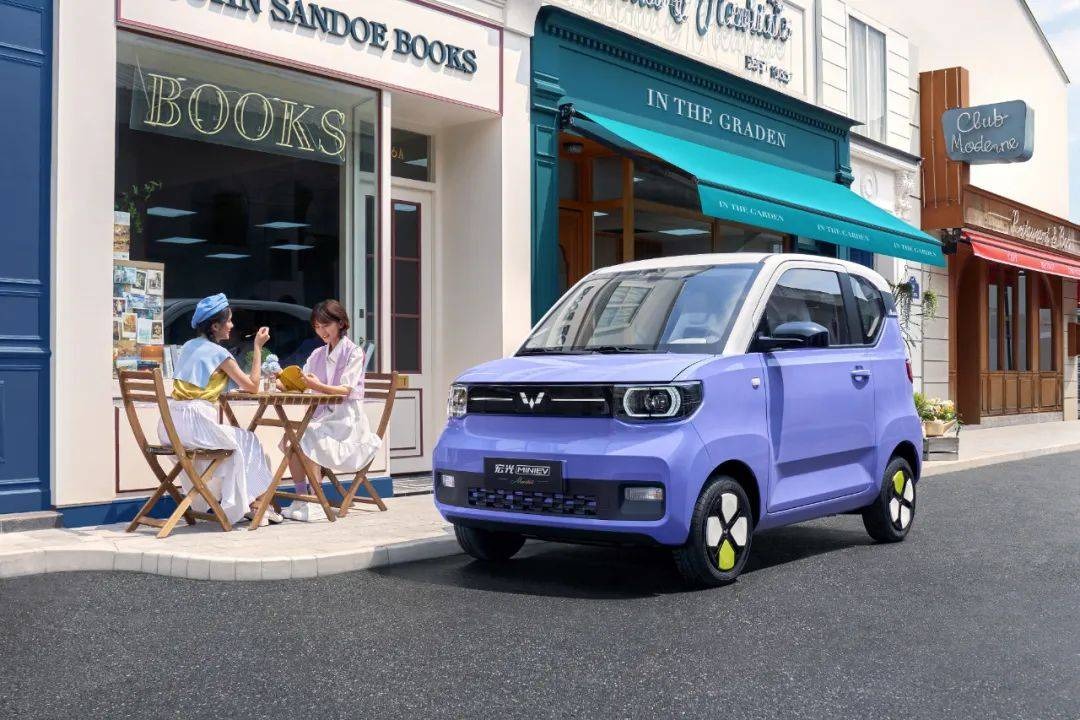
One of the primary reasons for the Mini EV’s lackluster performance in Vietnam is the lack of charging infrastructure. The limited range of the Mini EV, coupled with the scarcity of public charging stations, especially in rural areas, discourages potential buyers. Furthermore, the continuous price cuts by dealers have negatively impacted consumer trust, as buyers anticipate further discounts and question the true value of the vehicle.
In conclusion, despite its affordable price point, the Wuling Hongguang Mini EV faces an uphill battle in both China and Vietnam due to increased competition, safety concerns, and infrastructure limitations. To improve its prospects, addressing these issues and adapting to the evolving industry and consumer demands are crucial.
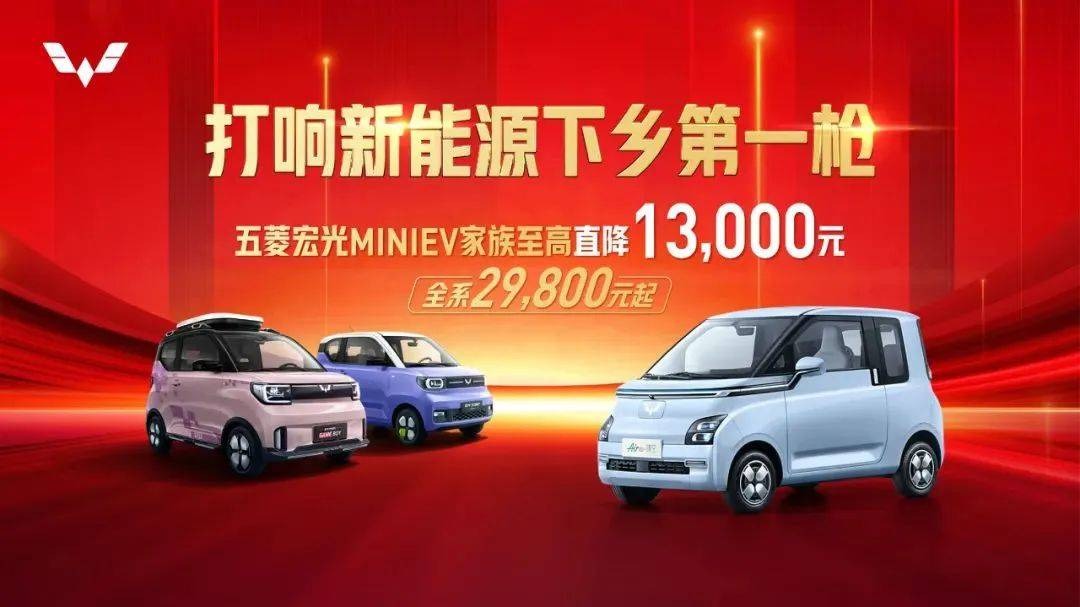
Wuling Hongguang Mini EV’s Performance in Vietnam: Challenges and Opportunities
The Wuling Hongguang Mini EV, regarded as an icon of small electric vehicles, is facing a tumultuous period in the Vietnamese market. From continuous deep discounts offered by dealers to the struggling business of the company responsible for its production, assembly, and distribution in Vietnam, TMT Motors, the overall picture presents notable challenges for this EV model in the country.
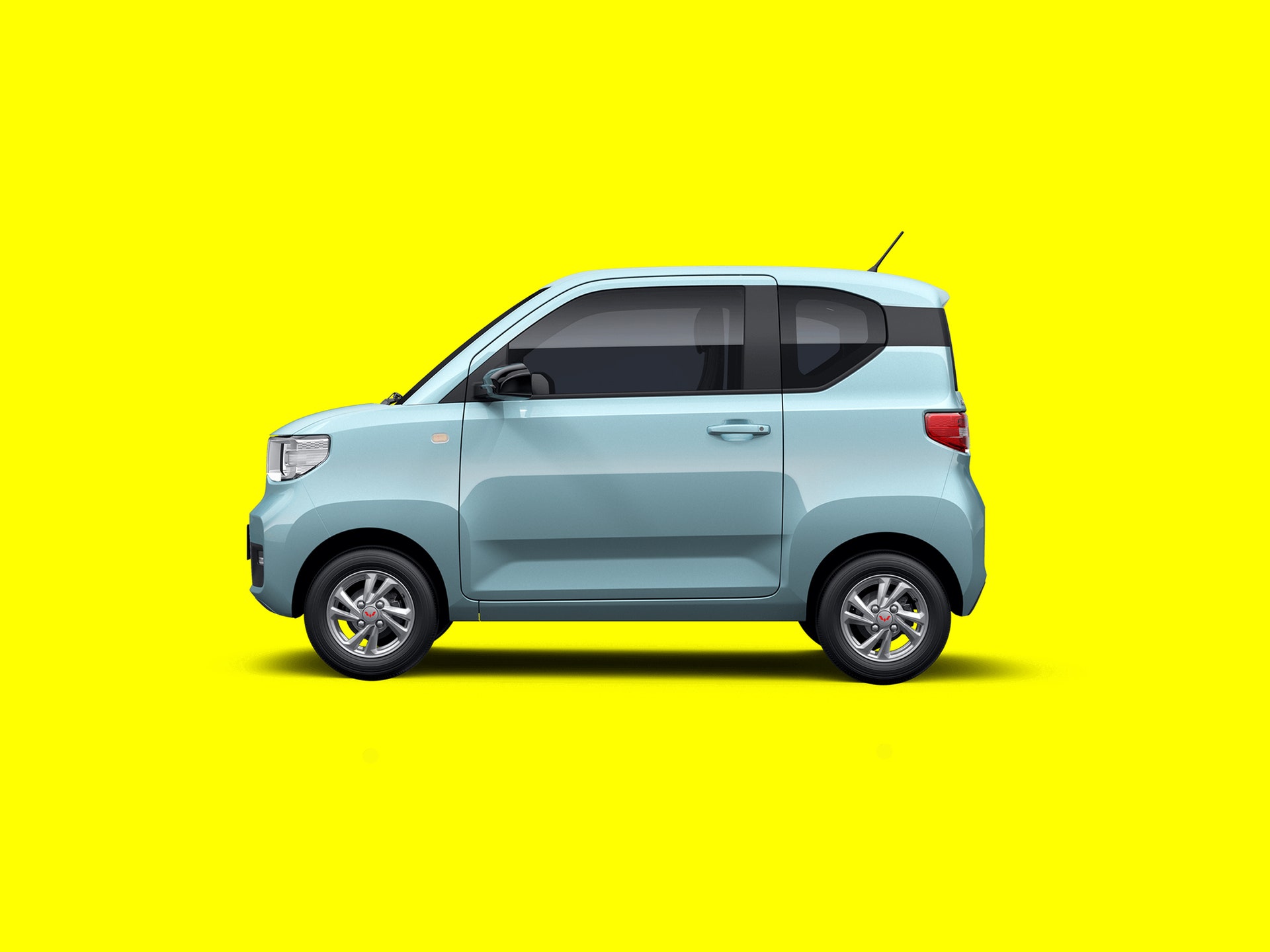
In recent months, dealers across Vietnam have been offering significant price cuts for the Wuling Hongguang Mini EV. Notably, a dealer in Thanh Hoa province listed the Wuling Mini EV LV1 with a 120 km range at just 185 million VND, the lowest price since its launch in Vietnam. This intense competition in the mini EV segment has forced dealers to provide attractive incentives to attract buyers.
Similar price reductions are being offered by dealers nationwide. For instance, in Hung Yen province, the Wuling Mini EV LV2 with a 120 km range has been discounted from 255 million VND to 197 million VND, while the 170 km range version is now priced at 231 million VND. In southern Vietnam, the LV1 120 km range version is being offered at 189 million VND, a substantial reduction from its initial price.
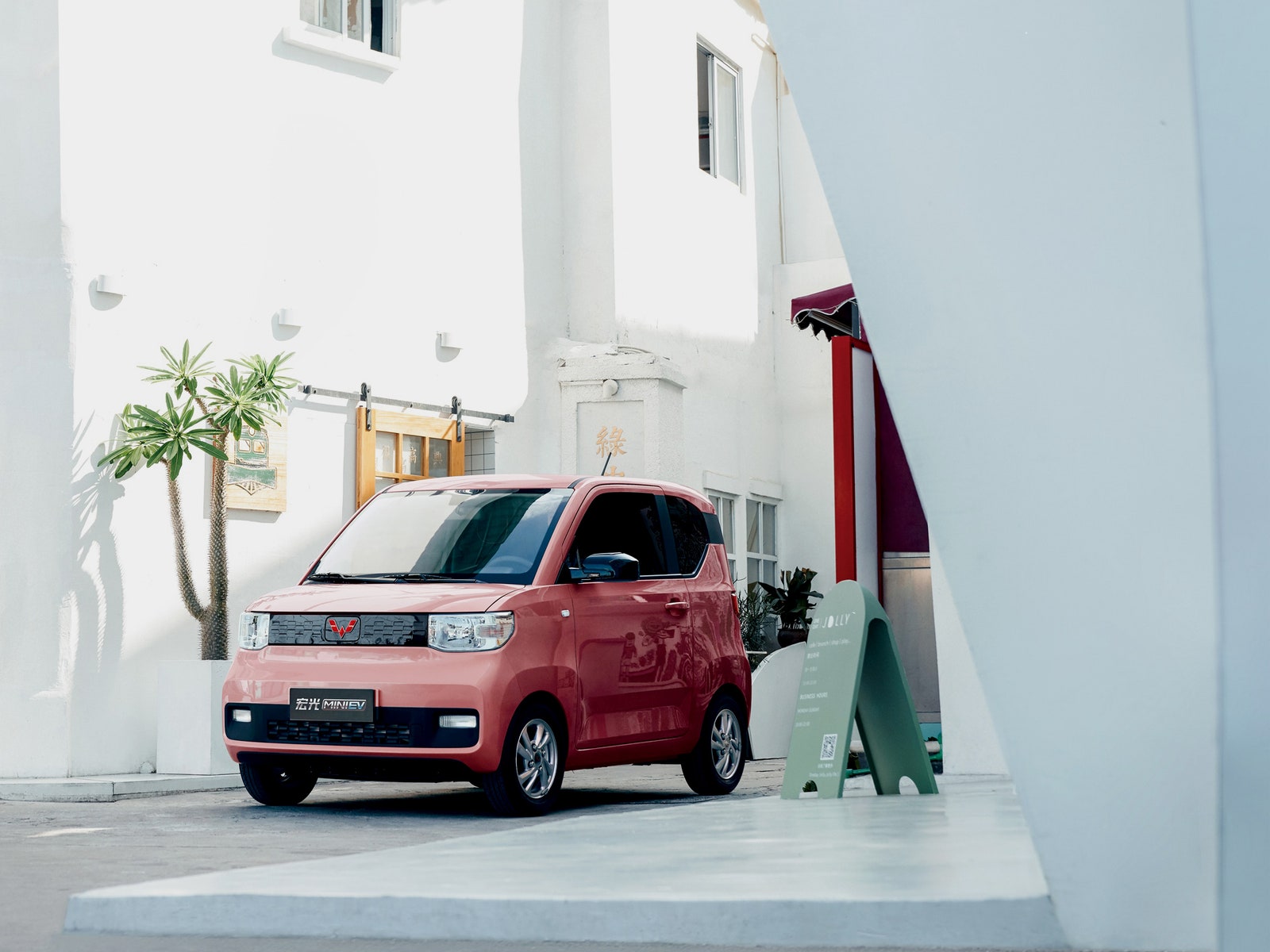
Adding to these challenges is the struggling performance of TMT Motors, the company responsible for the Mini EV’s production and distribution in Vietnam. TMT’s stock price has been on a downward spiral, and the company’s shares were “sold out” for three consecutive sessions, eventually settling at 7,830 VND per share on August 7—the lowest level in almost two years.
TMT Motors’ financial situation in Q2 2024 was also less than ideal, with a net revenue of 814 billion VND, almost unchanged from the previous year. However, a sharp increase in the cost of goods sold resulted in a gross loss of 49 billion VND, compared to a gross profit of 52 billion VND in the same period last year. TMT Motors reported a net loss of 95 billion VND, marking the heaviest loss in the company’s history. For the first six months of the year, the company recorded a net revenue of 1,321 billion VND, a 13.4% decrease compared to the same period last year, and a net loss of nearly 100 billion VND.
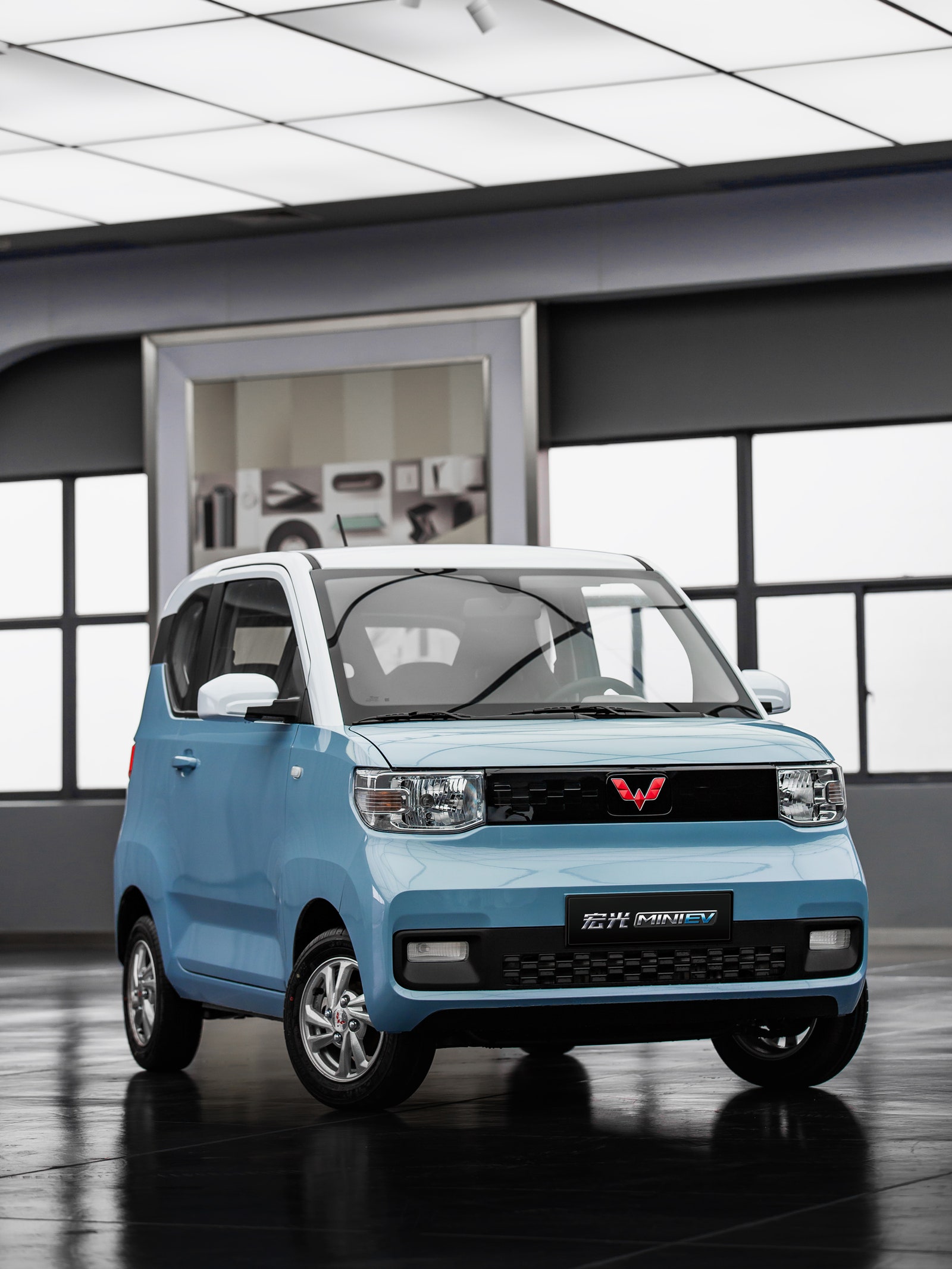
The continuous price cuts for the Wuling Hongguang Mini EV can be viewed as a strategy to clear inventory, but they also reflect the fierce competition in the mini EV segment in Vietnam. TMT Motors’ sale of only 591 units of the Wuling HongGuang MiniEV in the previous year, achieving just 11% of its sales plan, underscores the challenges in penetrating the market.
Why Is the Cheapest EV in the Market Struggling to Find Buyers in Vietnam?
Despite being marketed as the most affordable electric vehicle in Vietnam, the Wuling Hongguang Mini EV has failed to attract buyers as expected.
One of the primary factors deterring consumers from purchasing the Mini EV is the lack of charging stations. While electric vehicles are gaining global traction, the infrastructure to support Chinese electric cars in Vietnam remains underdeveloped. Public charging stations compatible with these vehicles are scarce, even in urban areas, let alone in suburban and rural regions. This concern about the limited charging infrastructure discourages potential buyers who worry about range anxiety during long-distance trips or even daily commutes without access to home charging.
With a modest battery capacity, the Wuling Hongguang Mini EV’s range is limited to 120-170 km depending on the version. In the context of limited charging options, owning an electric vehicle with such a short range becomes a risk. Consumers face the constant worry of running out of charge during their journeys, making them hesitant to invest in the Mini EV despite its lower price compared to other models.
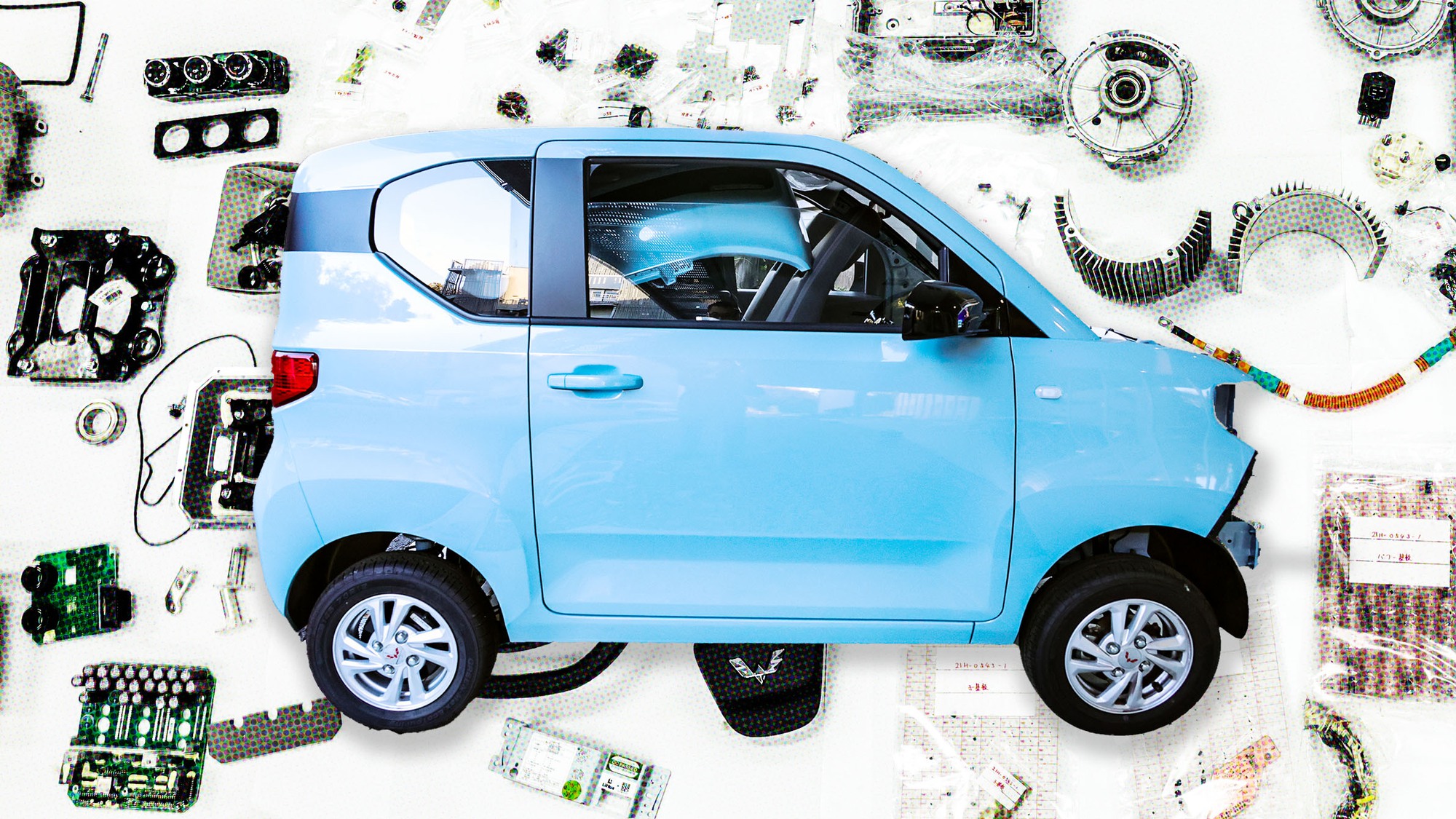
In addition to the charging infrastructure issue, the continuous price cuts by dealers have negatively impacted consumer trust. The frequent and significant discounts on the Mini EV, with some versions being reduced by over 50 million VND just months after their launch, have created a sense of uncertainty among buyers.
Consumers tend to delay their purchases, anticipating further price reductions. This prolongs the sales cycle. Moreover, early adopters who bought the vehicle at a higher price feel disadvantaged, leading to dissatisfaction and doubts about the vehicle’s actual value. This not only affects trust in the specific model but also influences the perception of the Wuling brand as a whole.
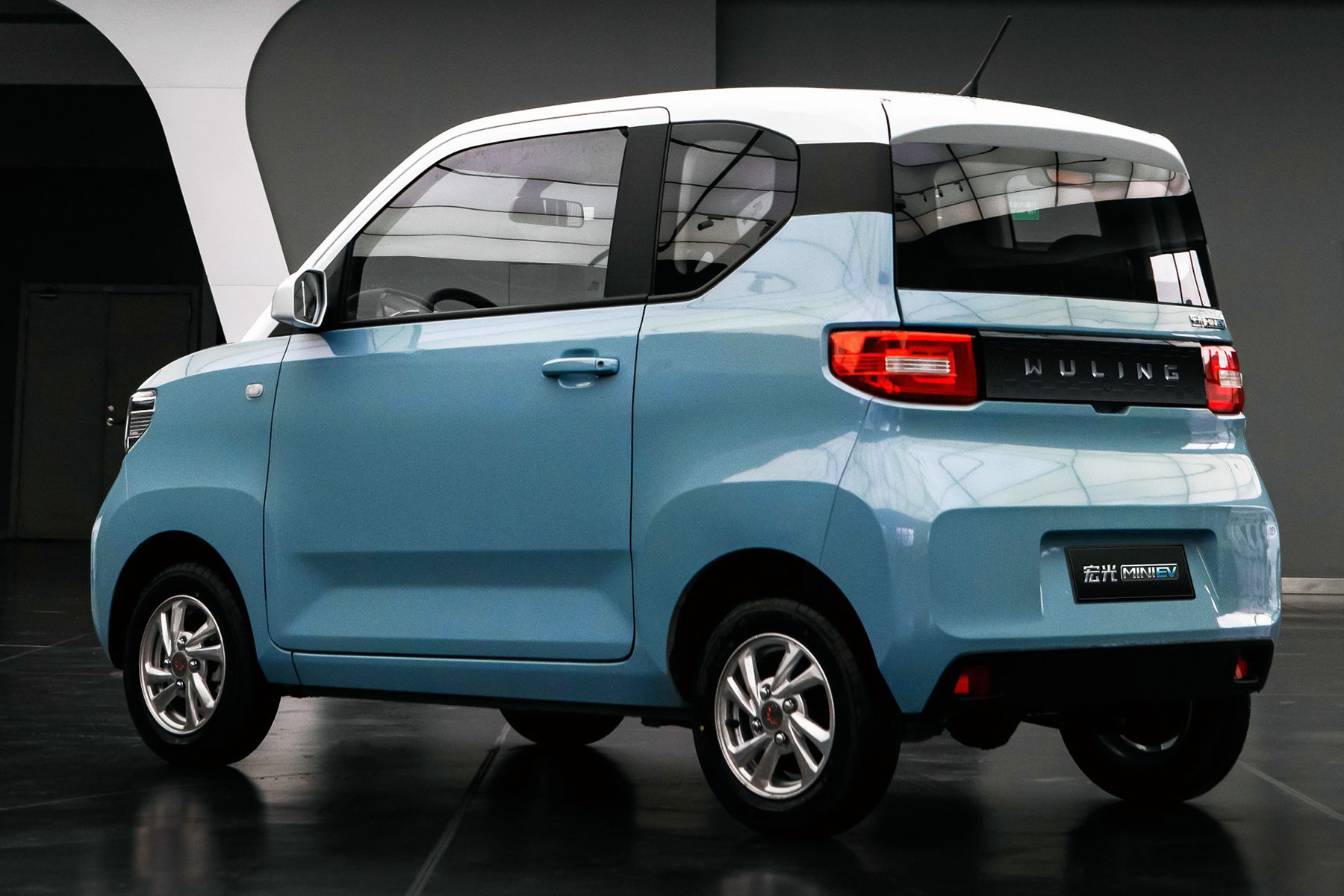
In conclusion, while the Wuling Hongguang Mini EV offers a competitive price, it is evident that this alone is not enough to convince Vietnamese consumers in the current context. The lack of charging infrastructure and the continuous price cuts have overshadowed the model’s affordability advantage. To improve its prospects, investing in charging infrastructure and adjusting pricing strategies are essential, as they will enhance consumer confidence and better tap into the potential of Vietnam’s EV market.
Dangerous Highways: Exploiting Unfinished Roads
Please provide feedback on the newly opened Cam Lo – La Son expressway, which has been put into operation by the Ministry of Transport. Unfortunately, a tragic accident occurred on February 18, and both the specialized agency and the Traffic Police Department (under the Ministry of Public Security) believe that the expressway does not meet the standard of a high-speed road.
Apartments and Offices in the US facing low demand without electric vehicle charging stations
In many cities across the United States, owners of apartment developments are scrambling to install charging stations to avoid getting left behind in the ever-growing market. They understand the importance of catering to electric vehicle owners and are taking proactive measures to stay relevant and attract tenants. By offering convenient charging options, these developers are ensuring that their properties remain appealing and lucrative in a world increasingly dominated by environmentally-conscious consumers.

